Poor air quality is becoming an alarming global issue, and its detrimental effects on public health are undeniable.As cities expand, industrial activities increase, and the use of vehicles rises, the air we breathe is getting more polluted, leading to an increase in respiratory diseases, heart issues, and premature death.

However, Air Quality Monitoring Systems (AQMS) are a beacon of hope. These systems provide real-time data, empowering governments and health organizations to take immediate and informed actions to protect public health.
AQMS plays a vital role in improving public health by providing accurate, real-time data on air pollution levels, enabling timely interventions to reduce health risks. By tracking pollutants and assessing exposure, AQMS guides public health policies and ensures the safety of populations, especially in urban areas.
Now that we understand the importance of AQMS in safeguarding public health, let’s explore in greater detail how these systems directly contribute to better health outcomes. From monitoring air quality to informing policy decisions, AQMS plays an indispensable role in mitigating health risks caused by pollution.
What Are the Health Risks Associated with Poor Air Quality?
The relationship between air pollution and public health has been well-documented over the past few decades. Exposure to high levels of pollutants can significantly impair our respiratory and cardiovascular systems. Pollutants like particulate matter (PM2.5), nitrogen dioxide (NO2), and sulfur dioxide (SO2) are not only pervasive but also extremely harmful to human health.
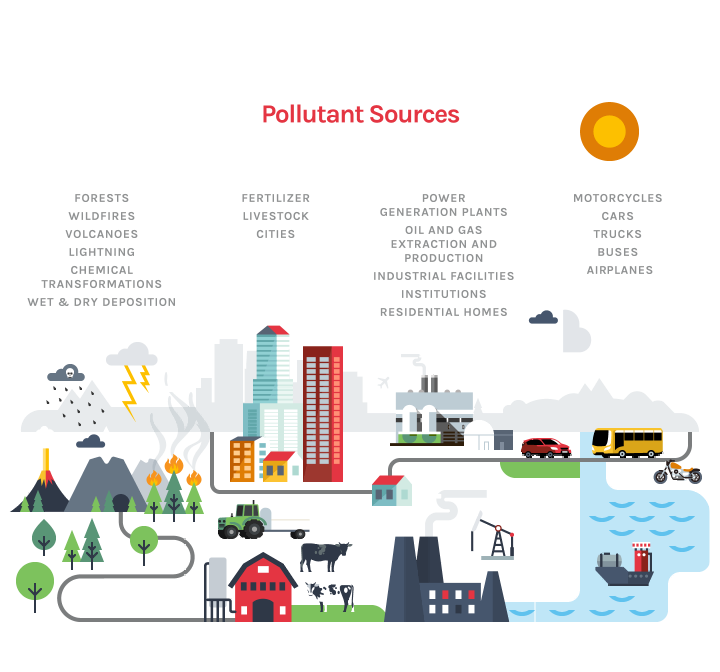
Poor air quality is a major contributor to a range of health problems, including asthma, bronchitis, cardiovascular diseases, and even premature death. Long-term exposure to polluted air increases the risk of developing chronic conditions, such as lung cancer, heart disease, and stroke.Air pollution has been linked to a variety of illnesses, from minor respiratory discomfort to life-threatening diseases.
In addition, the mental health implications of poor air quality are beginning to emerge. Studies suggest that prolonged exposure to air pollution may contribute to anxiety, depression, and cognitive decline. Given these far-reaching consequences, it’s clear that the quality of the air we breathe directly impacts our health and overall well-being.
How Does AQMS Help in Identifying Health Risks in Real-Time?
One of the most important functions of AQMS is its ability to track air pollution levels continuously. This system provides real-time data on various pollutants, which is essential for both public health authorities and individuals.
AQMS plays a pivotal role in identifying health risks associated with air pollution by providing continuous, real-time monitoring of air quality. These systems track pollutants such as particulate matter (PM2.5), ozone (O3), carbon monoxide (CO), nitrogen dioxide (NO2), and sulfur dioxide (SO2), among others. By collecting data from sensors placed throughout urban areas, AQMS delivers accurate, up-to-date information on pollutant concentrations.
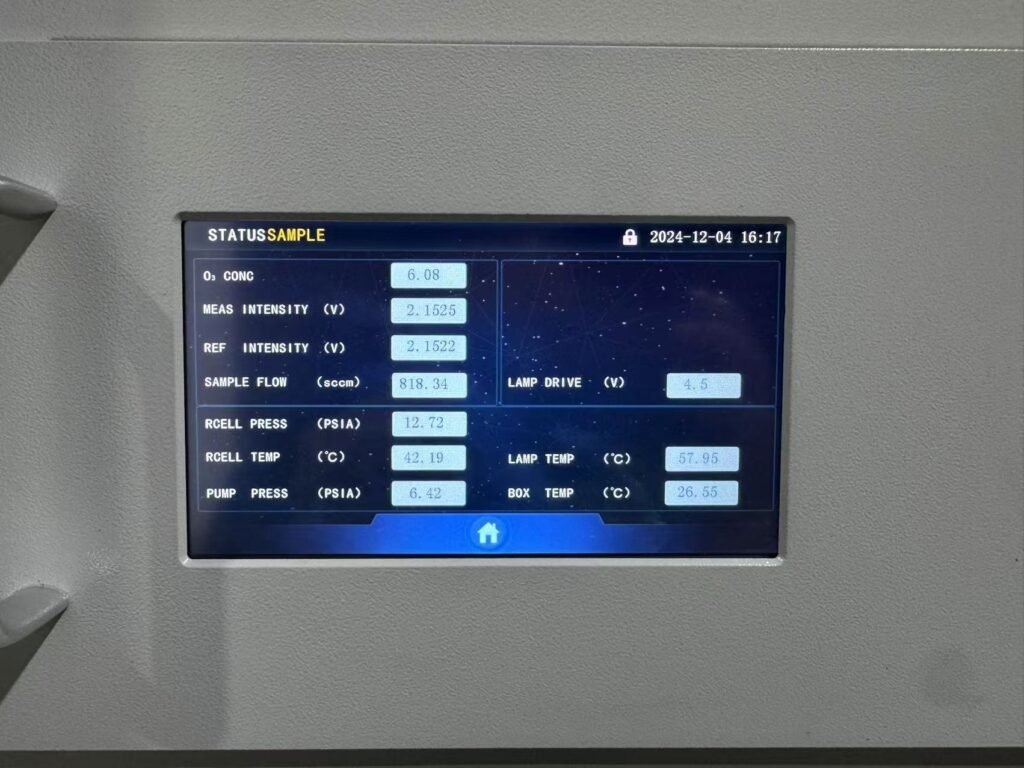
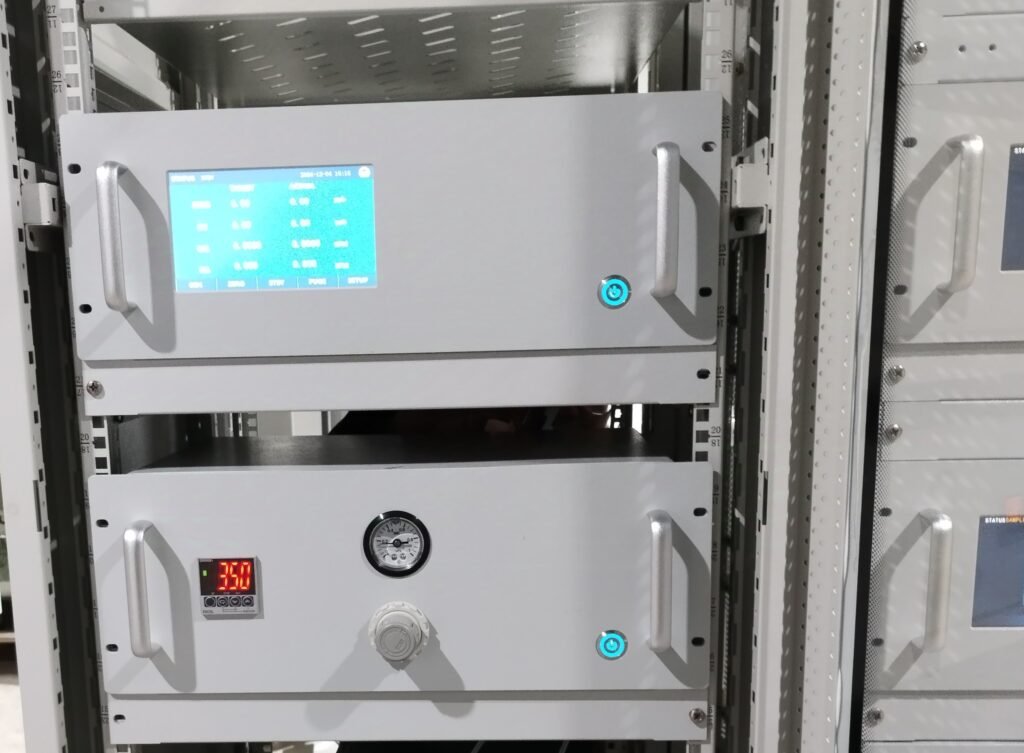
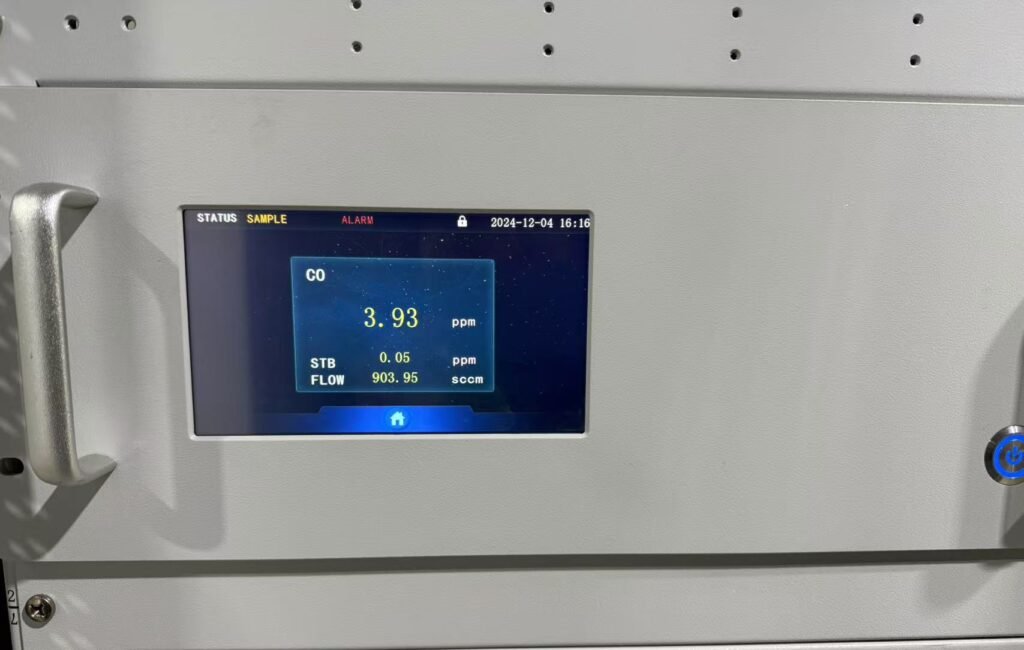
This data enables health organizations and government agencies to quickly identify areas with dangerous levels of air pollution. For example, if AQMS detects a spike in particulate matter during a wildfire, authorities can issue immediate warnings to the public, advising them to stay indoors or wear protective masks. Similarly, during periods of high vehicular emissions, AQMS can alert citizens about the risks of exposure to elevated levels of nitrogen dioxide, especially in high-traffic areas.
With this real-time data, local authorities can implement quick interventions, such as temporarily shutting down high-pollution industries, adjusting traffic flow, or issuing air quality advisories. This proactive approach helps reduce the public’s exposure to harmful pollutants, thereby lowering the risk of health complications related to poor air quality.
How Does AQMS Contribute to Long-Term Public Health Policy?
In addition to providing real-time data, AQMS also plays a crucial role in shaping long-term public health policy. By analyzing trends in air quality, these systems offer valuable insights that guide decision-making at both the local and national levels.
The data collected by AQMS over time is a powerful tool for developing long-term strategies aimed at improving air quality and public health. By analyzing patterns in pollution levels, health experts and policymakers can identify the specific pollutants that most significantly impact public health. For instance, if AQMS data shows a recurring spike in nitrogen dioxide levels in certain areas, local authorities might consider implementing stricter emissions regulations for industrial facilities and vehicles.
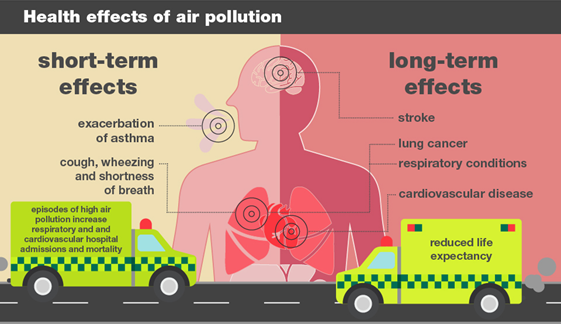
Health effects of air pollution
Furthermore, AQMS data helps public health organizations assess the effectiveness of existing air quality regulations. If a particular policy, such as the implementation of low-emission zones or restrictions on coal-burning, results in improved air quality, this can be used as evidence to advocate for the expansion of such policies. On the other hand, if AQMS reveals that certain areas are still experiencing harmful pollution levels despite regulations, further interventions or changes to the policy might be necessary.
Over time, AQMS data also supports the creation of public health campaigns aimed at raising awareness about the dangers of air pollution. Governments can use this data to pinpoint areas with the highest pollution levels and target health interventions in those regions, helping to prevent diseases before they become widespread.
By informing policy decisions with concrete, real-time data, AQMS ensures that public health actions are based on accurate information, resulting in more effective strategies for combating air pollution and its associated health risks.
How Can AQMS Reduce Health Risks for Vulnerable Populations?
AQMS can play a vital role in protecting these populations by providing targeted information about air quality.
One of the significant benefits of AQMS is its ability to identify air quality issues that specifically affect vulnerable populations. Children, for example, are particularly sensitive to air pollution due to their developing lungs and higher breathing rates. AQMS can track pollutant levels in real-time, alerting parents and caregivers to the air quality conditions in their neighborhoods, allowing them to take preventative measures, such as keeping children indoors during periods of high pollution.
By identifying areas with elevated levels of pollutants, AQMS allows healthcare providers to issue health advisories tailored to these vulnerable groups, helping them minimize exposure and manage their conditions more effectively.
For instance, AQMS can inform hospitals about the pollution levels in the area, allowing them to prepare for an influx of patients suffering from respiratory or cardiovascular issues. It can also help urban planners design healthier cities by incorporating green spaces and reducing vehicular traffic in areas with the highest pollution levels.
Conclusion
In conclusion, Air Quality Monitoring Systems (AQMS) are an essential tool in protecting public health. By providing real-time data on air pollution, AQMS enables immediate responses to hazardous conditions and informs long-term policies that aim to reduce health risks. Through continuous monitoring, AQMS helps identify pollution trends, target vulnerable populations, and guide policy decisions, ensuring a healthier and safer environment for all.
This article gives an in-depth look at how AQMS benefits public health by reducing the harmful effects of air pollution and supporting both immediate actions and long-term solutions. If you have any more details or adjustments, feel free to share!




